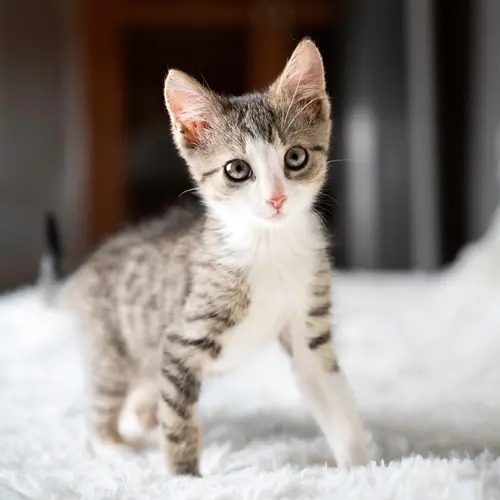Your cat has two anal sacs in their bottom. Similar to a skunk’s scent glands, they help mark their territory. They produce a dark, smelly liquid. That liquid is usually squeezed out when they poop.
Your cat doesn’t actually need these sacs, but it’s best to leave them alone as long as they’re healthy. Sometimes problems develop, though, and need treatment.
Common Problems
Your cat’s glands may become clogged, infected, or abscessed. It’s much more common in dogs, but it happens to cats, too.
1. Impaction
The most common problem happens when the duct or tube used to empty out the anal sac gets clogged.
Pressure builds up and it becomes painful for your cat to poop. They may also be constipated.
2. Infection
When bacteria build up in the anal sacs, it can cause an infection. It can become so painful and itchy that your cat may show signs of fear or anger.
It’s important to treat an infection right away or it may turn into an abscess.
3. Abscess
An abscess is a swollen, tender mass of pus. It’s the most painful of the three and needs to be cut and drained before it ruptures.
Symptoms
Look for changes in your cat’s behavior. Common signs are:
- Scooting. Your cat might drag their bottom along the ground.
- Tail chasing. They may reach around for their tail more than usual.
- A lot of licking or biting. Your cat may repeatedly lick or bite near their tail.
- Pain. Your cat may have pain near their tail. They may strain when they poop. They may also find it painful to sit.
- Swelling. The areas on the side of their anus may be swollen. You may be able to feel impacted, hard masses in this area.
If you see these signs, bring your cat to the vet. The doctor will do a rectal exam. They may also run tests if they think your cat may have an infection or tumor.
Treatments
Anal Sac Expression
Your vet can usually squeeze out your cat’s impacted anal sacs by hand.
If the contents are hard or dry, they may try to soften them up. They may also give your cat extra fiber, which bulks up the cats poop, making it easier to pass.
If your cat seems to be in pain, your vet may give him pain relief drugs. They may also use a tranquilizer or sedative to keep it calm.
Your vet may also rinse out its anal sacs.
Expression Plus Antibiotics
If your cat has an infection, your vet will express (empty) their anal sacs and then give it an antibiotic to treat the bacteria.
Surgical Removal of Sacs
If these treatments don’t work and problems continue, your vet may surgically remove your cat’s anal sacs. This is reserved as a last resort, though, as it may result in complications like fecal incontinence where your cat leaks poop unexpectedly.

